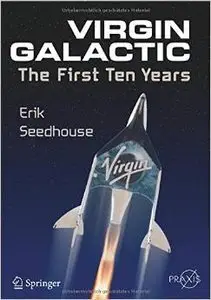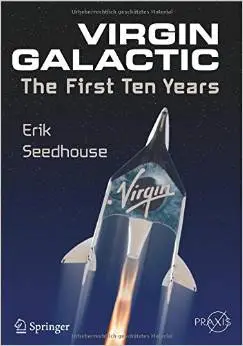Virgin Galactic: The First Ten Years by Erik Seedhouse
English | 2015 | ISBN: 3319092618 | 203 pages | PDF | 12 MB
English | 2015 | ISBN: 3319092618 | 203 pages | PDF | 12 MB
Thirty years ago when Sir Richard Branson called up Boeing and asked if they had a spare 747, few would have predicted the brash entrepreneur would so radically transform the placid business of air travel. But today, Branson flies airlines on six continents, employs hundreds of jets and, in 2014, was predicting that his spaceship company – Virgin Galactic – would soon open the space frontier to commercial astronauts, payload specialists, scientists and space tourists. With more than 600 seats sold at $250,000 each, what started off as a dream to send people just for the excitement to look back and marvel at Earth, was on the cusp of finally being turned into a business.
Then, on October 21, 2014, tragedy struck. SpaceShipTwo was on its most ambitious test flight to date. Seconds after firing its engine, Virgin Galactic’s spaceship was breaking through the sound barrier. In just the three seconds that it took for the vehicle to climb from Mach 0.94 to Mach 1.02, co-pilot Mike Alsbury made what many close to the event believe was a fatal mistake that led to his death and the disintegration of SpaceShipTwo. Miraculously, the pilot, Peter Siebold, survived the 16-km fall back to Earth.
Soon after the event Branson vowed to continue his space tourism venture in spite of this. Already a second SpaceShipTwo is being built, and ticket-holders eagerly await the day when Virgin Galactic offers quick, routine and affordable access to the edge of space. This book explains the hurdles Virgin Galactic had and still has to overcome en route to developing suborbital space travel as a profitable economic entity, and describes the missions that will be flown on board SpaceShipTwo Mk II, including high-altitude science studies, astronomy, life sciences, and microgravity physics.



